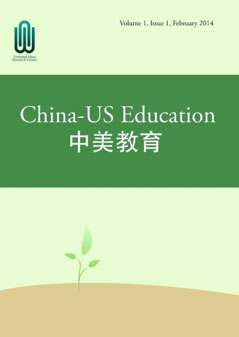


Volume 10 Issues 3-4 (2023-12-31)
Volume 10 Issue 1 (2023-03-31)
Volume 8 Issues 1-3 (2021-10-31)
Volume 7 Issues 3&4 (2020-12-31)
Volume 7 Issues 1&2 (2020-06-30)
Volume 6 Issues 3&4 (2019-12-31)
Volume 5 Issues 1-3 (2018-06-30)
Volume 4 Issues 3&4 (2017-08-31)
Volume 4 Issues 1&2 (2017-04-30)
Volume 3 Issues 5&6 (2016-12-31)
Volume 3 Issues 3&4 (2016-08-31)
Volume 3 Issues 1&2 (2016-04-30)
Volume 2 Issues 5&6 (2015-12-31)
Volume 2 Issues 3&4 (2015-08-31)
Volume 2 Issues 1&2 (2015-04-30)
Volume 1 Issues 5&6 (2014-12-31)
The clean government culture is an integral part of cultural construction. The purpose is to cultivate the concept of clean government, continuously improve the awareness of clean government of cadres and workers, establish an ideological and moral defense line against corruption and prevent degeneration, and strive to reduce the occurrence of corruption cases. By conducting a questionnaire survey, we can understand the importance of constructing a clean government culture, identify the existing problems in public hospitals, and accurately find the entry point. By strengthening the mechanism establishment of the clean government culture construction in public hospitals, accumulating the content of clean government culture education, strengthening the construction of clean government system and norms, and exploring the countermeasures of hospital clean government culture construction.
This paper compared the K-12 pre-service music teacher training programs at three Chinese universities. Specifically, program goals and objectives, program curricula, instructional methods, and learning assessments were analyzed for comparison. Both similarities and differences were found in these four areas. Educational implications are discussed.